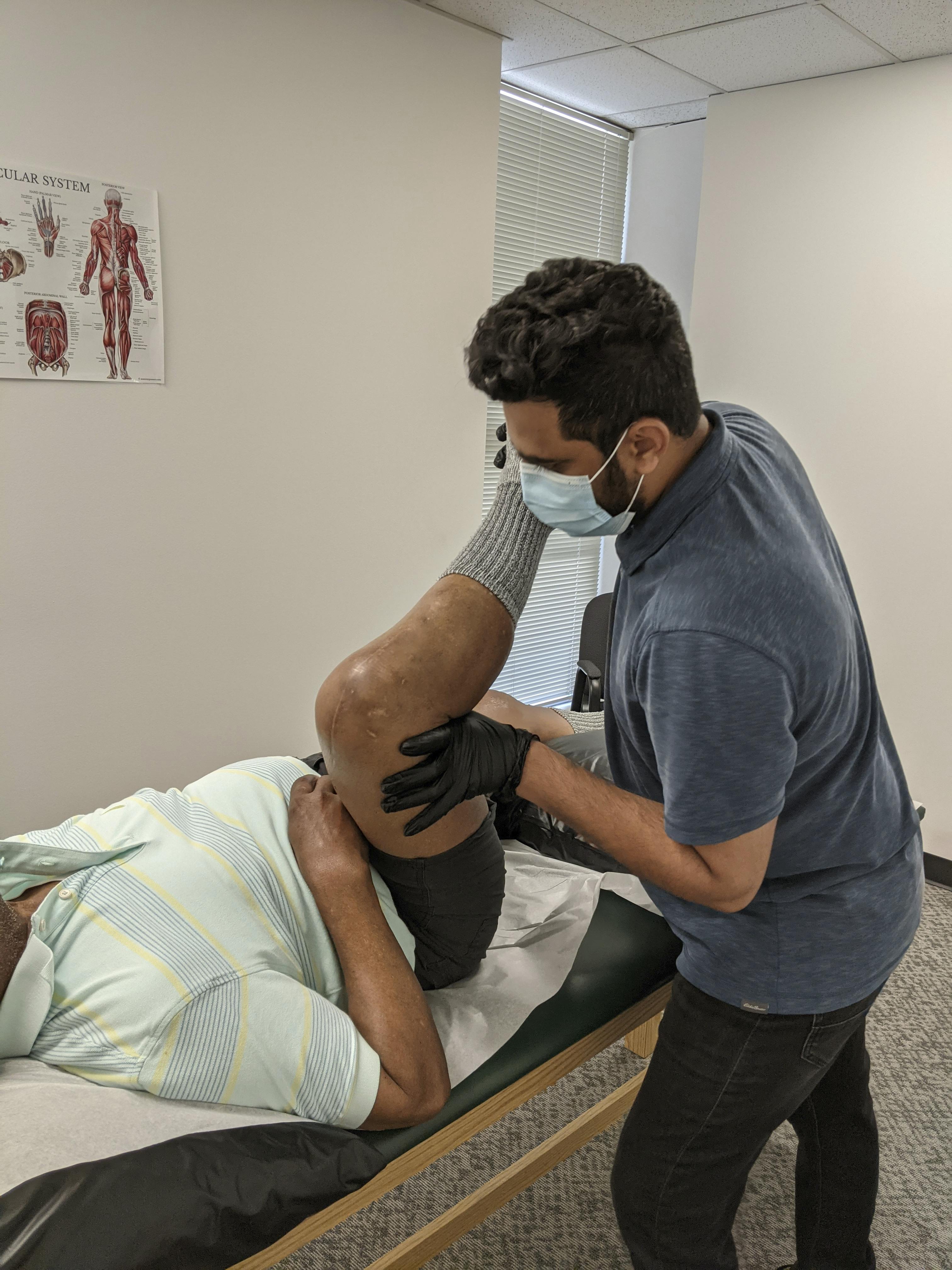
Unlocking Mobility: Exploring Effective Joint Mobilization Methods
Joint mobilization is a therapeutic technique that aims to improve joint function and reduce pain by gently moving the joint through its natural range of motion. Let’s delve into various joint mobilization methods, understanding their benefits and applications in enhancing overall joint health.
Understanding Joint Mobilization: A Therapeutic Approach
Joint mobilization is a manual therapy technique performed by trained healthcare professionals, such as physical therapists or chiropractors. It involves the application of controlled and graded force to a joint to alleviate pain, restore mobility, and promote overall joint health. This therapeutic approach is particularly beneficial for individuals experiencing joint stiffness, limited range of motion, or discomfort.
Passive Joint Mobilization: Guided Movement for Relief
Passive joint mobilization involves the therapist moving the patient’s joint without any active involvement from the patient. This method is effective for individuals who may have difficulty moving their joints independently or those recovering from injuries. It helps reduce stiffness, increase flexibility, and enhance joint lubrication.
Active Joint Mobilization: Engaging the Patient in Therapy
Active joint mobilization requires the active participation of the patient. Under the guidance of a healthcare professional, individuals perform specific exercises and movements to mobilize their joints. This method promotes joint awareness, strengthens supporting muscles, and empowers patients to take an active role in their recovery.
Grade I to IV Mobilizations: Tailoring Intensity to Needs
Joint mobilization techniques are often classified into grades I to IV, indicating the level of force applied. Grade I involves gentle movements at the beginning of the range, suitable for reducing pain and stiffness. As the grades progress, the intensity of the mobilization increases, targeting specific joint restrictions and promoting greater mobility.
High-Velocity Low-Amplitude (HVLA) Thrusts: Quick and Controlled Movements
HVLA thrusts are a subset of joint mobilization involving quick, controlled movements at the end of the joint’s range. This technique is often associated with chiropractic adjustments and is effective for addressing joint restrictions, promoting optimal alignment, and providing rapid relief in certain cases.
Maitland Mobilizations: Individualized Techniques for Each Patient
Maitland mobilizations, named after physiotherapist Geoffrey Maitland, emphasize individualized assessment and treatment. Practitioners use a combination of passive and active movements based on the patient’s specific joint restrictions and responses. This tailored approach enhances the effectiveness of joint mobilization for various musculoskeletal conditions.
Mulligan Concept: Mobilizing Joints with Functional Movements
The Mulligan Concept involves joint mobilization performed with active, pain-free movements. Patients are encouraged to engage in specific functional movements while the therapist applies mobilization techniques. This method aims to improve joint mechanics and function during functional activities.
Joint Mobilization for Various Conditions: An Inclusive Approach
Joint mobilization is applied across a spectrum of conditions, including arthritis, sports injuries, and post-surgical rehabilitation. It is effective in managing pain, reducing inflammation, and restoring normal joint function. The versatility of joint mobilization makes it a valuable tool in the rehabilitation process for a wide range of musculoskeletal issues.
Precautions and Considerations: Ensuring Safe Practice
While joint mobilization is generally safe and well-tolerated, it’s essential to consider individual factors such as the patient’s health status, specific joint conditions, and any contraindications. Healthcare professionals must conduct a thorough assessment and tailor the mobilization techniques to the unique needs and tolerances of each patient.
For more information on Joint Mobilization Methods, visit www.dead-samurai.com. Explore the world of joint mobilization, learn about its benefits, and discover how these effective methods can contribute to improved joint health and overall well-being.
